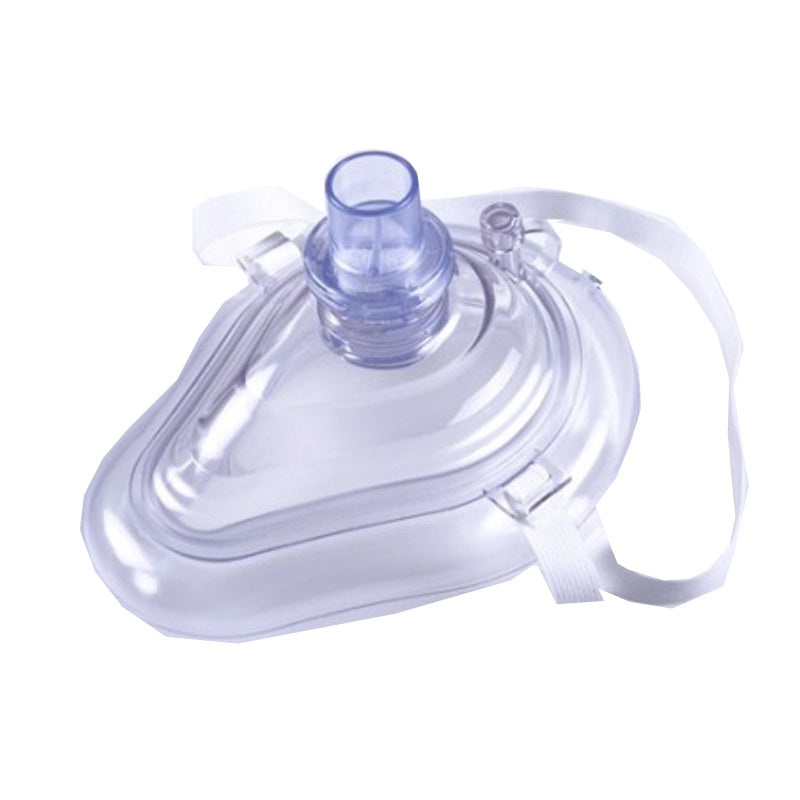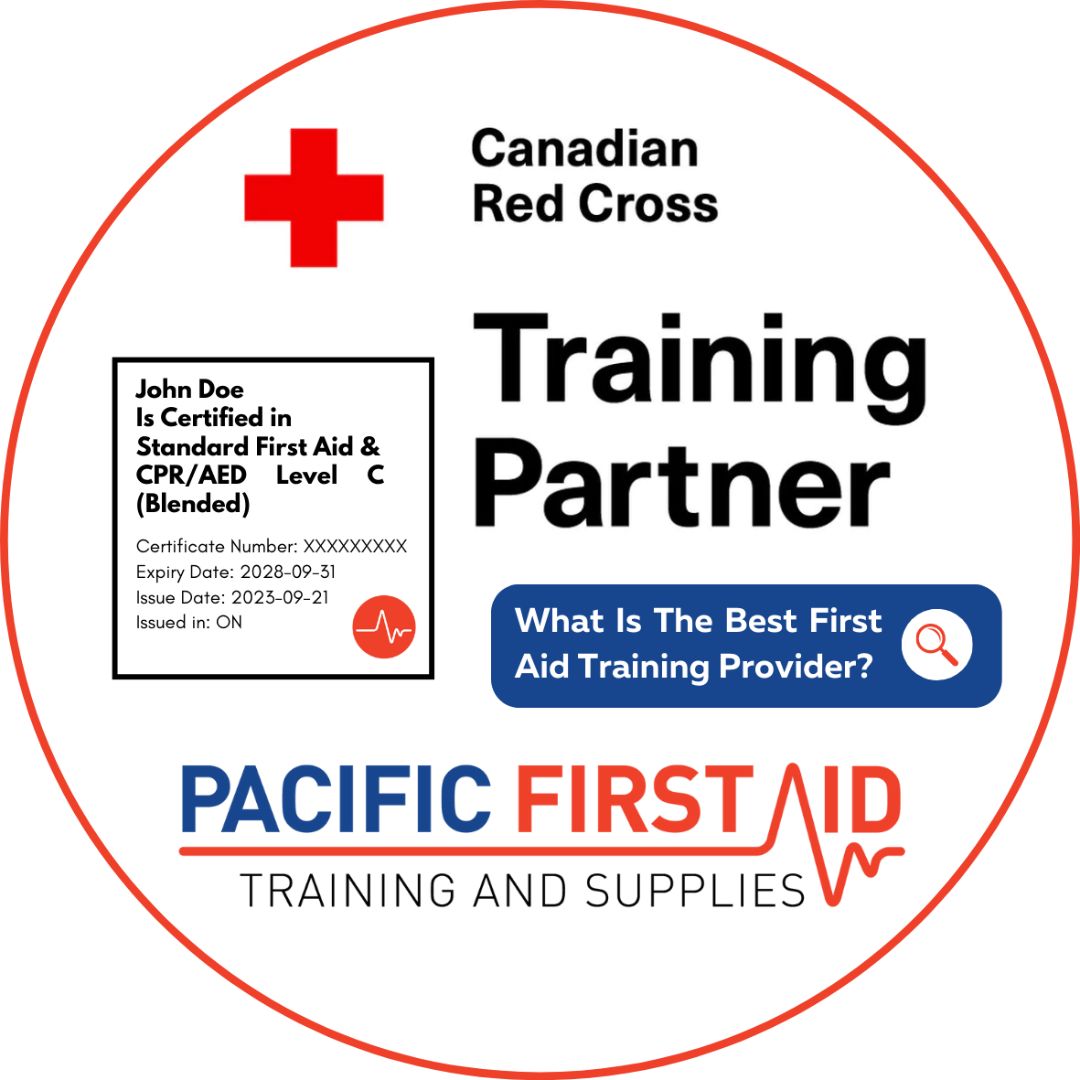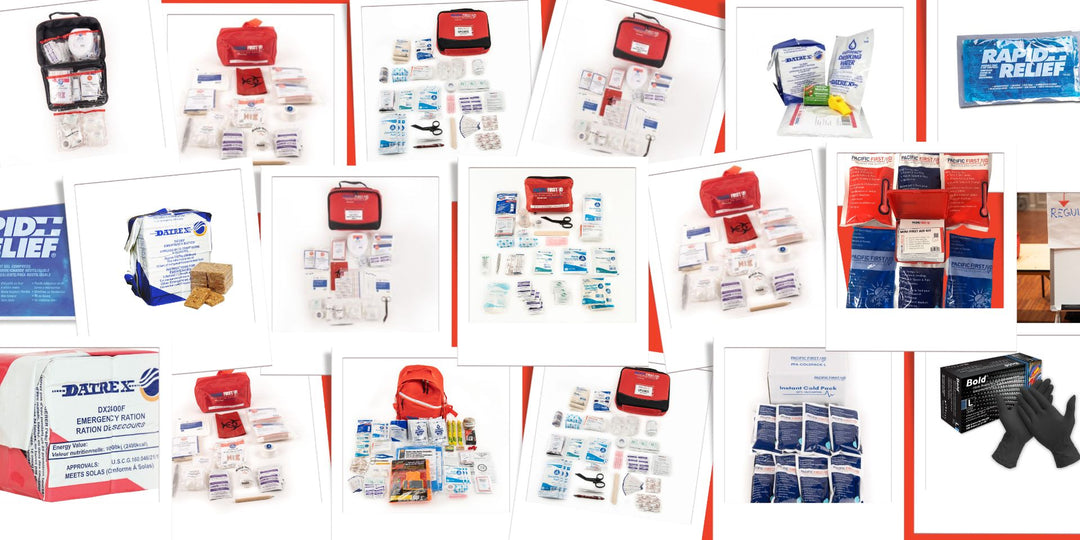
What to do if someone is having a panic attack
A panic attack is a sudden episode of intense physical and emotional reactions caused by intense fear and anxiety. When they do occur, it can feel like you’re losing control, having a heart attack or even dying.
Most people have between 1-2 panic attacks in their lifetime. However, if you’re someone who’s had multiple panic attacks over the course of your life, you may have a condition called panic disorder, which is more chronic. Even though panic attacks aren’t life-threatening, they can be terrifying and drastically affect your quality of life. If panic attacks happen to you often, you can detect some early mental health signs and actively get help.
Panic attack symptoms
Panic attacks can have a variety of symptoms including:
• Intense fear
• Overwhelming sense of doom
• Cold sweats and / or chills
• Shaking hands
• Difficulty breathing
• Pounding heartbeat
• Head and chest pain
• Nausea
• Abdominal cramping
• Headache
In general, panic attacks differ from a general fear response as there’s no real-life threat involved. If you know someone who experiences panic attacks, there are several things you can do and avoid when helping them. To start, you should:
Remain Calm
Keeping your cool is one of the most effective ways you can help. The moment you start to feel stressed, it can affect the other person. Panic attacks don’t usually last long and the intense feelings tend to last between 5-10 minutes. Say reassuring words to the person going through a panic attack and speak calmly. Here are a few things you can say:
• Reassuring them you won’t leave
• Telling them they’re safe
• Saying the panic attack won’t last long
Ask how you can help
Most people who experience panic attacks or some other form of anxiety have their own personalized coping mechanisms. When appropriate to do so, ask how you can help and support them. If they have a difficult time communicating, try offering supportive words, a glass of water and depending on your relationship with the person, a small gesture or light touch can help. Try to be as neutral as possible and don’t take anything personally.
Learn the warning signs
In many cases, panic attacks start with a few recognizable warning signs. For example:
• Hyperventilation
• Dizziness
• Flushed face
• Feelings of choking
The sooner you realize what’s happening, the faster you can help them feel more comfortable.
Validate their feelings of distress
Panic attacks are naturally a vulnerable thing and they can cause someone even more anxiety knowing that they’re surrounded by someone else. Even if you don’t understand how they’re feeling, do your best to validate their current state. Some people avoid talking about their mental health issues due to fear of judgment and stigma. The best thing we can do as a society is open the conversation and create more mental health awareness. Be open-minded, empathetic and sincere. Even saying something as simple as “That sounds really tough. I’m here to support you” can go a long way.
Prevention methods
There’s no “cure” or sure way to prevent panic attacks. However, these easy recommendations could help:
• See a doctor if they happen frequently. From there, you can get a prescription, talk to a therapist and find a treatment that works for you.
• Get regular exercise and prioritize your physical health
• Develop healthy eating habits. There have been multiple studies that suggest that sugary diets can cause more anxiety (case-dependent)
Closing thoughts
If you are someone who suffers from anxiety or panic attacks, you can create your own emergency response plan that will help you cope in times of need. In order to stay proactive, try to identify your triggers, develop a coping plan and tell someone you trust.
Depending on your comfort level, you can tell your friend, partner or a family member how they can help you during those tough moments.






